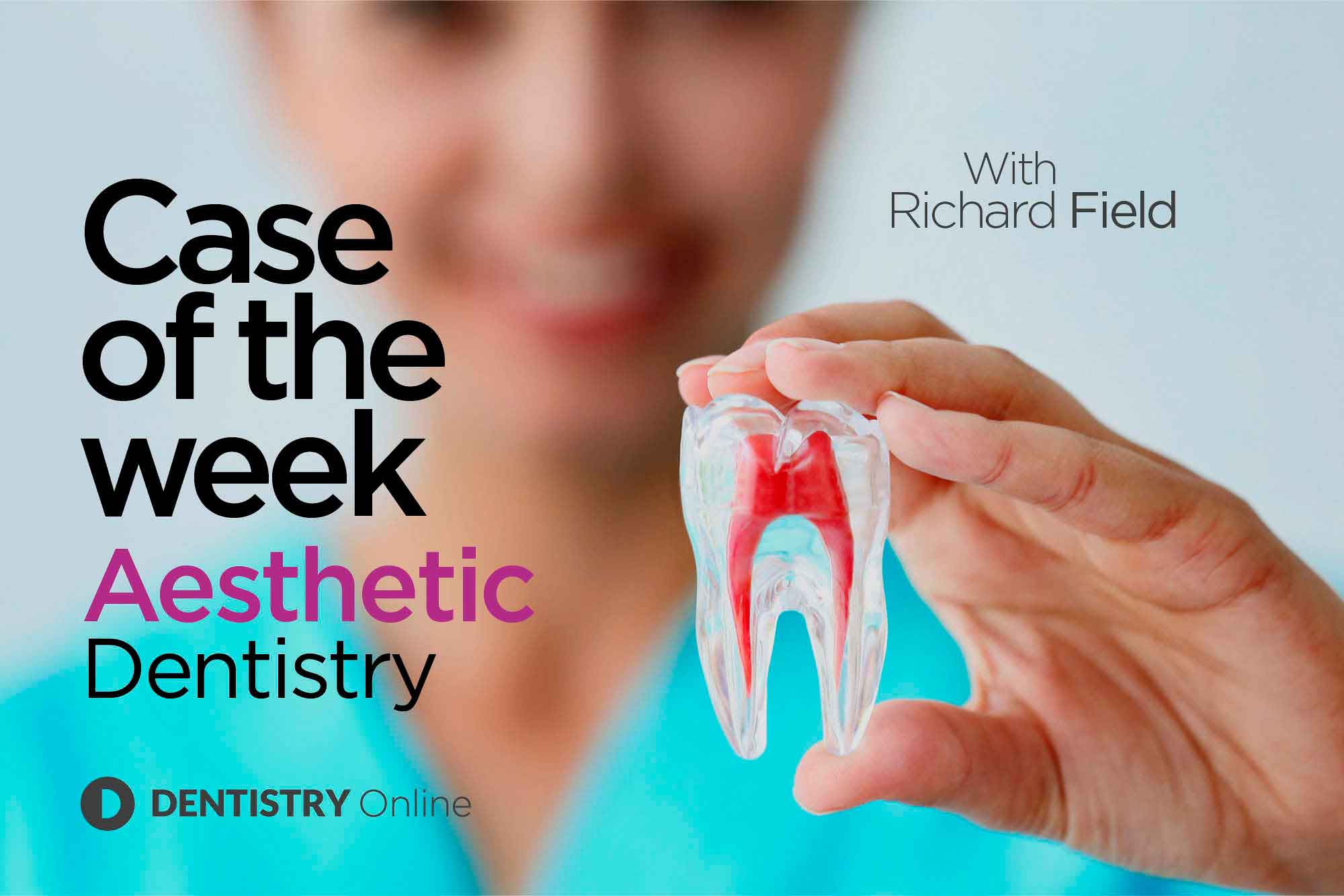 Richard Field discusses the closing of diastemas using composite veneers.
Richard Field discusses the closing of diastemas using composite veneers.
Download the full Case of the Week by signing in for free below.
A patient referred to the clinic following a course of home tooth whitening looking for options to close his multiple anterior diastemas.
There was an uncomplicated enamel dentine fracture on the upper left lateral incisor from an accident several years previous.
The patient had no relevant medical history and following a full comprehensive examination was found to be in a state of good oral health with excellent oral hygiene and stable joints.
The upper left lateral tested positive to vitality testing and had no apical areas on radiographic examination.
Treatment choices
It was discussed with the patient that without redistributing the spaces orthodontically, or increasing the number of teeth to be treated (including mesial tooth preparation of the upper laterals), the proportions of the lateral incisors compared to the centrals would be outside of the ideal.
An alternative option would be to leave micro diastemas and small black triangles distal to the lateral incisors in order to maintain acceptable tooth shape and proportion.
To illustrate what this would look like, a direct intraoral mock-up was carried out with composite added to the upper laterals and canines with no etch or bonding agent (Figures 3-4). This has the benefit of not only showing the patient an idea of the end result for consent, but also allows the operator to check the new desired length of the teeth in excursion, checking for interference.
Visualising the diastemas
Although initially sceptical of the idea, once the patient was able to visualise the residual diastemas, he was pleased with the outcome and did not wish to undergo pre-restorative orthodontic alignment.
We discussed options of both direct composite and ceramic veneers. Composite would look its best for five to seven years and would only require minimal tooth preparation. While ceramic veneers would look their best for 10-12 years but require more tooth reduction.
The patient opted for composite in this instance with the view to reassess material choice when the time came for their replacement.
This Content is Exclusive to Dentistry Club Members
The Dentistry Club is free to join and lets you access our premium content including cutting edge editorial, leading clinical cases and the biggest stories in dentistry.
Get Started

